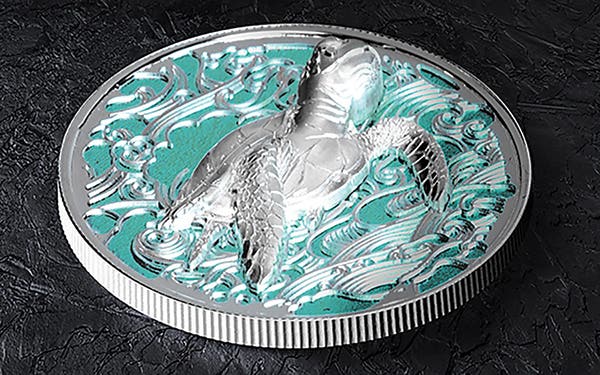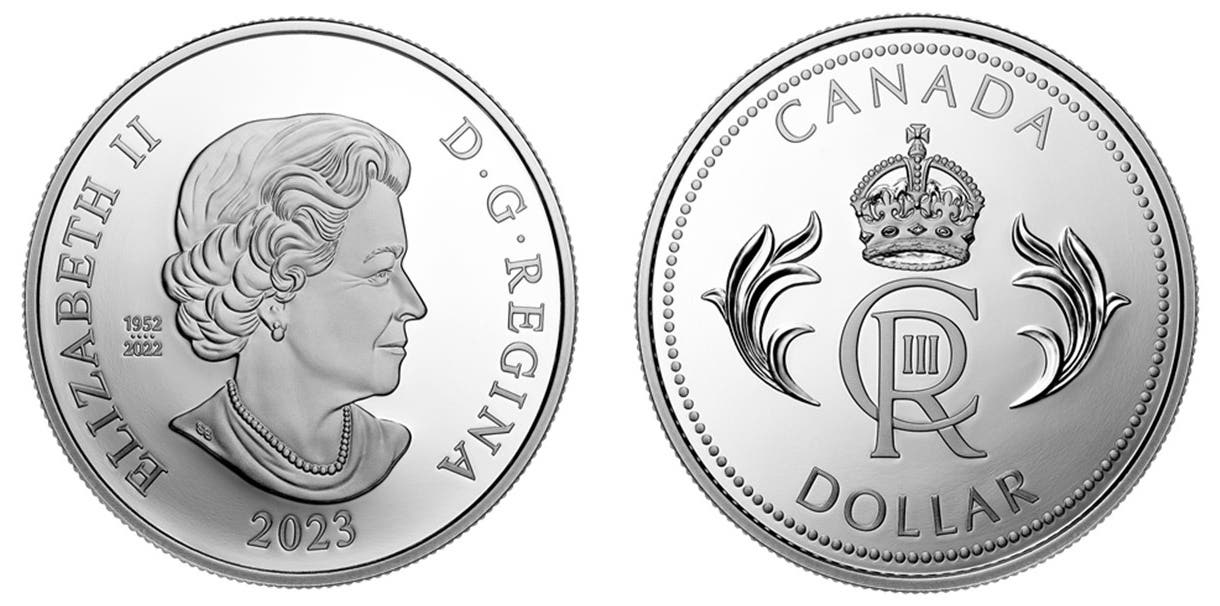St. James offers Indian & Islamic in Auction 52
St. James Auctions displays its solid connection to the Indian and Islamic coin markets through their upcoming Auction 52 set to cross the block on October 26. Many of the…
St. James Auctions displays its solid connection to the Indian and Islamic coin markets through their upcoming Auction 52 set to cross the block on October 26. Many of the pieces in this sale do not come up often, so consider this a rare opportunity to begin or advance a collection along these lines.
Some of the strongest highlights in the Islamic session, which begins the sale, are perfectly described by St. James Director, Stephen Fenton in an informative Foreword to the auction catalog. We share that with readers here:
“The sale commences with an offering of exceptional and rare Islamic pieces. From the early period there is an example of the ‘standing caliph’ drachm from the time of Abd al-Malik b. Marwan (lot 3003), and the Caliph Orans type, struck in al-Basra in the year 75h (lot 3006). Amongst the Abbaid coins is the remarkable ‘bull and horseman’ type donative dirham of al-Muqtadir (lot 3052), and two silver dirhams from the Holy City of Makka (lots 3050 and 3051). The excessively rare gold dinar of al-Muntasir, struck at Madinat al-Salam in 247h (lot 3049) also features in the sale. Among the modern coins, there are a number of proof strikings from Saudi Arabia, and two silver issues of half and third ryals of the Qa’iti state, which are the KM plate coins (lots 3153 and 3154).”
As the Islamic coinage portion of Auction 52 winds down, St. James will be offering the library of Robert and Elizabeth Darley-Doran, which was built through their longtime interests in Islamic history, archaeology and numismatics. If this is also your area of interest you will want to look these lots over very carefully as they contain a number of important titles, many of which are quite scarce.
The Indian coins on offer in Auction 52 can be traced back in large part to the David Fore Collection sold at A.H. Baldwin & Son in the Spring of 2013. These will be sold with their original lot cards from that sale to record their provenance, though most will also have been certified and graded by NGC prior to Auction 52.
Keep in mind also that many of these coins are restrike proofs. While original proofs were made for many of the British India types, restrike proofs were also produced for museums and collectors over a long time span from 1835 to 1970. This also allowed for many off-metal restrikes to enter the market.
In the market today, most collectors seem to accept that early restrikes are those produced in the first hundred years or so from the start of this habit. After this and up until about 1960 are considered later restrikes and between 1960 and 1970 would be the final period during which not only circulating types, but also patterns were being restruck.
As one might guess a structure of respect for proof restrikes has evolved in which the earliest pieces are worth the most, in general. However, some off-metal restrikes and muled restrikes do command collectors attention. Because there are these different periods of proof restrikes, collectors and dealers must gain as much knowledge as they can on characteristics and features of these coins and of course NGC has also made determinations based on their graders experience, which may sometimes overturn an earlier identification. It can be a challenging, yet very rewarding field.
For highlights of the David Fore Collection we again quote Director Fenton’s brief highlight as the perfect means of relaying the quality and astounding depth of selections in this portion of Auction 52.
“This section features marvelous coins such as the Victoria silver proof restrike set, 1854, comprised of a two mohurs, mohur, ten rupees, and five rupees (lot 3268). Also featured is the Victoria gold restrike proof mohur, 1879B, which is certified and graded by NGC as Proof 67 ٭) lot 3278), and the Victoria gold restrike proof half rupee, 1899B (lot 3300). Also featured is the Victoria gold restrike proof half anna, 1891C (lot 3320) and the Edward VII restrike rupee mule 1907B (lot 3340). Also offered for sale is the cupro-nickle pattern set, 1949, which is a superb example, and it is generally considered that only four sets where struck (lot 3424).”
The remaining lots in the Indian section of Auction 52 provide many more rarities, including the finest known William IV proof restrike gold two mohurs dated 1835 C. This NGC graded Proof 67 cameo beauty is a full two grade points higher than other graded examples. Featured on the cover of the Auction 52 catalog, this piece should cause much excitement among active bidders.
You can register and bid in the St. James Auction 52 online using one of three available bidding platforms, including; www.stjauctions.com, www.sixbid.com or www.numisbids.com or you can download St. James app and bid directly from any device.








